BUP Interview with Prof. Dzemil Bektovic
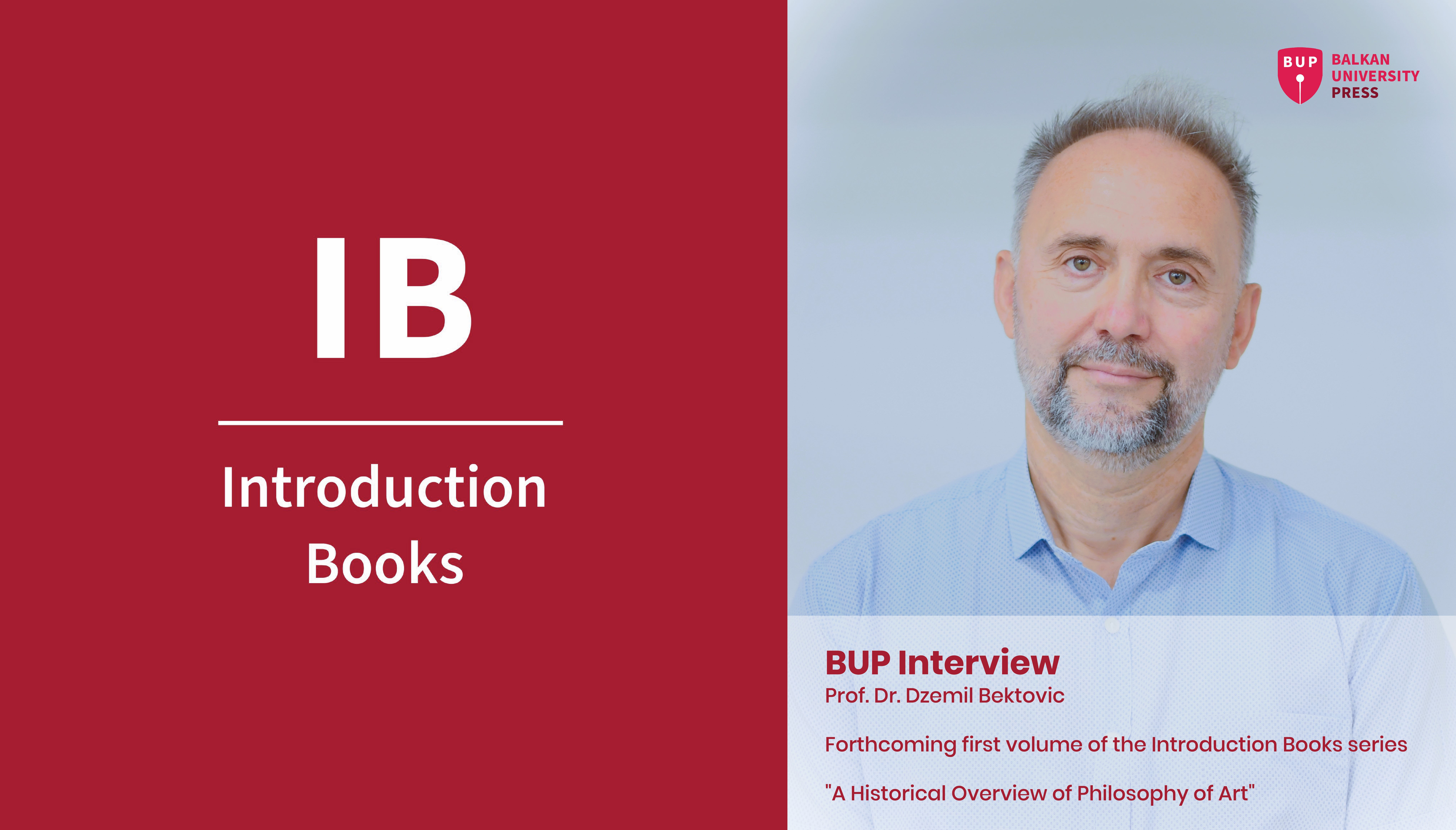
Balkan University Press is excited to share an interview with our respected Prof. Dr. Dzemil Bektovic on the history of the philosophy of art based on his forthcoming book, the inaugural volume of the BUP Introductory Books series.
BUP: Prof. Bektovic, could you share a bit about your background and what inspired you to write this book on the history of the philosophy of art?
In summary, I can emphasize the following: I am a doctor of art in the field of art history with teaching experience at many universities for almost 30 years. In the course of my academic work, I worked on numerous projects in the domain of history, philosophy, and art theory, participated in many congresses and symposiums, and wrote several hundred scientific papers and art criticisms. I also held key positions within cultural and educational institutions in the Republic of North Macedonia and abroad and led cultural non-governmental organizations. I am also a member of government commissions under the Ministry of Culture in the areas of international cultural cooperation, museology, and archaeology.
As an art historian, I developed a deep appreciation for how philosophical inquiry intersects with the evolution of art. My academic journey exposed me to both classical and modern thinkers who shaped our understanding of aesthetics and creativity. Writing this book on the history of the philosophy of art allowed me to explore the intricate relationships between art, culture, and thought over time. I was particularly inspired by how art reflects societal values and philosophical ideologies, which motivated me to contribute to the conversation by bridging these disciplines.
BUP: How do you envision students engaging with your textbook? What specific skills or critical thinking abilities do you hope they will develop by studying it?
I envision students engaging with the textbook by actively analyzing key philosophical ideas and their impact on art history. Through examining historical contexts, I hope they will develop a deep understanding of how philosophical thought shapes artistic production and interpretation. I aim for students to enhance their critical thinking skills by questioning established art narratives, connecting theory to visual culture, and synthesizing ideas across time periods. Ultimately, they should gain the ability to critically evaluate both art and the philosophical frameworks that underpin it.
BUP: Your book contains many case studies that explore how different philosophers have interpreted art, beauty, and aesthetic experience over time. How much does art influence today's cultural, social, and intellectual narratives?
Art, in its myriad forms and expressions, exerts a profound influence on contemporary cultural, social, and intellectual narratives. This influence is not static but dynamic, evolving with the changes in society and technology while simultaneously shaping those very changes. Today, art continues to play a crucial role in the formation and expression of cultural identities. It offers a medium through which communities can assert their uniqueness and navigate their place in a globalized world. As well, throughout history, artists have used their work to address social injustices, political strife, and human rights issues. In today’s world, art continues to be a powerful tool for social commentary.
Philosophers have long grappled with questions of art, beauty, and aesthetic experience, and these inquiries continue to inform contemporary intellectual debates. Art challenges existing paradigms and introduces new ways of thinking about aesthetics, ethics, and human experience. The philosophical exploration of art involves questioning what constitutes beauty, how art communicates meaning, and what role aesthetics play in our understanding of the world. These questions are not merely academic but have practical implications for how art is perceived and valued in society
BUP: Could you discuss the relationship between art and religion? In Chapter 3, you explore Christian and Islamic philosophies of art—can you briefly summarize your analysis for our readers?
Certainly! In Chapter 3 of the book, we delve into the intricate relationship between art and religion, focusing on Christian and Islamic philosophies of art. These two major religious traditions offer distinct yet sometimes intersecting perspectives on the role and function of art in their respective contexts.
The relationship between art and religion in Christianity and Islam highlights both distinct approaches and common concerns. Both traditions use art as a means of spiritual expression and instruction, though they navigate different theological and doctrinal constraints. Christianity has historically embraced a more representational approach, evolving from symbolic iconography to the celebration of the human form, while Islam emphasizes abstract and non-figurative forms to maintain the purity of worship and avoid idolatry.
In essence, both Christian and Islamic philosophies of art reflect broader theological and cultural values. They illustrate how art functions as a conduit for religious expression and reflection, shaped by the particular doctrinal concerns and historical contexts of each tradition. Understanding these philosophies helps illuminate the diverse ways in which art engages with and represents the sacred across different cultures and religions.
BUP: The final chapter of your book covers the contemporary theories of modern art. What can you say about the new trends in art and how they influence philosophical thought?
The final chapter of the book examines contemporary theories of modern art and how new trends influence philosophical thought. To understand these dynamics, it's insightful to consider the perspectives of influential philosophers and theorists like Leo Tolstoy, Arthur Danto, George Dickie, Theodor Adorno, Walter Benjamin, John Dewey and others. All of them were advocating different perspectives regarding the role of art in modern societies. In that way, for example, Tolstoy argues that art should be judged by its capacity to convey sincere feelings and foster a shared emotional experience. On the other side, Danto argues that anything can be considered art if it is framed as such by the art world’s institutions and discourse. Contemporary art trends, such as conceptual art and new media art, align with Danto’s view by challenging traditional notions of what constitutes art. These trends often blur the boundaries of art and non-art, highlighting the role of institutional and theoretical frameworks in shaping artistic value and meaning.
Further, George Dickie’s institutional theory of art proposes that something is art if it is recognized as such by the art world’s institutions, including galleries, museums, and critics. This theory aligns with contemporary trends like digital and new media art, which often seek validation and recognition from institutional platforms. Contrary to that, Theodor Adorno’s aesthetic theory emphasizes the critical and transformative potential of art, while Walter Benjamin’s theory of aesthetic experience, particularly his concept of the "aura" in relation to art, is relevant to contemporary trends like digital and new media art.
In any case, we can conclude from the above that new trends, whether they are artistic or philosophical, have a crucial and inextricable connection with the social and cultural circumstances in which people live.
Džemil Bektović was born in 1966 in Gostivar, North Macedonia, completed primary and secondary school in Skopje, and graduated in 1990 from the Faculty of Philosophy, Department of History of Art and Archelogy, in Skopje. In 2005, he enrolled in master's studies at the Faculty of Philosophy in Skopje at the Department of Art History, taking a master's degree in the field of Contemporary Art in the field of History of Design. During his master's studies, he is engaged in numerous projects in the domain of his scientific field and design, and is an active member of the Center for Visual Communication. In 2008, he enrolled in doctoral studies at the Faculty of Humanities at the University of Novi Pazar and defended his doctoral dissertation "Interior Aspects of Sacred Buildings in Ottoman Architecture in the 15th and 16th Centuries in the Balkans". Since 2020, he has been an active member of the Commission for International Cooperation and the Commission for Archeology at the Ministry of Culture of the Republic of North Macedonia. In this period, Bektović was seriously engaged in scientific and research work, published a large number of texts in the domain of theory, history, and philosophy of art in various scientific journals, and is a participant in numerous symposia where he has very notable papers.
Since 2017 prof. Dzemil Bektovic is a full professor of History, Philosophy, and Theory of art in the areas of Art, Design, and Architecture at International Balkan University in Skopje. Several times, he was an external lecturer and visiting professor at different universities in the country, but also in other countries, such as Norway, Serbia, and Bosnia and Hercegovina.
Latest News
-

Opened call for the new issue of TEFMJ
Date: 10.02.2024 -
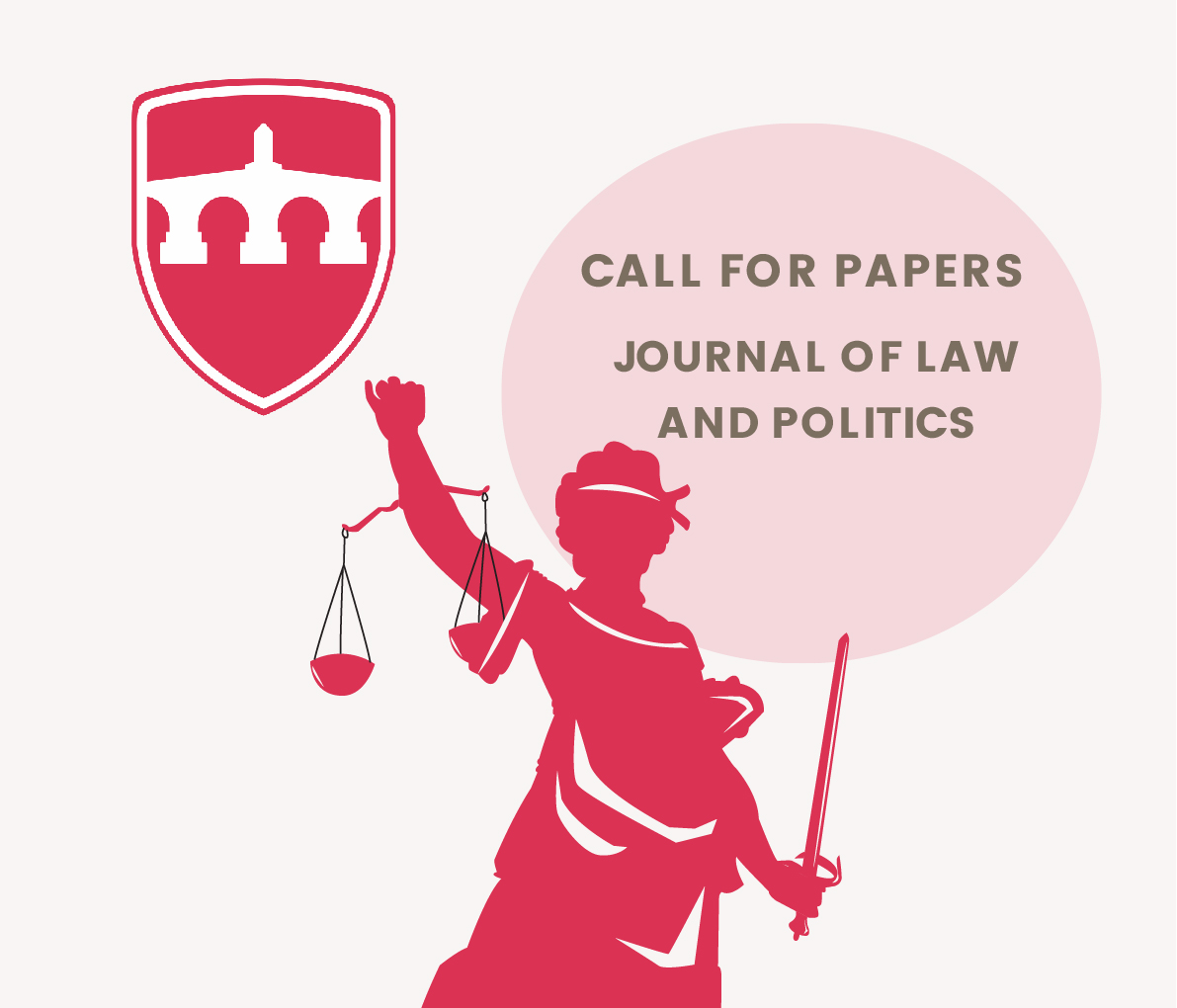
The Journal of Law and Politics welcomes your papers
Date: 10.02.2024 -
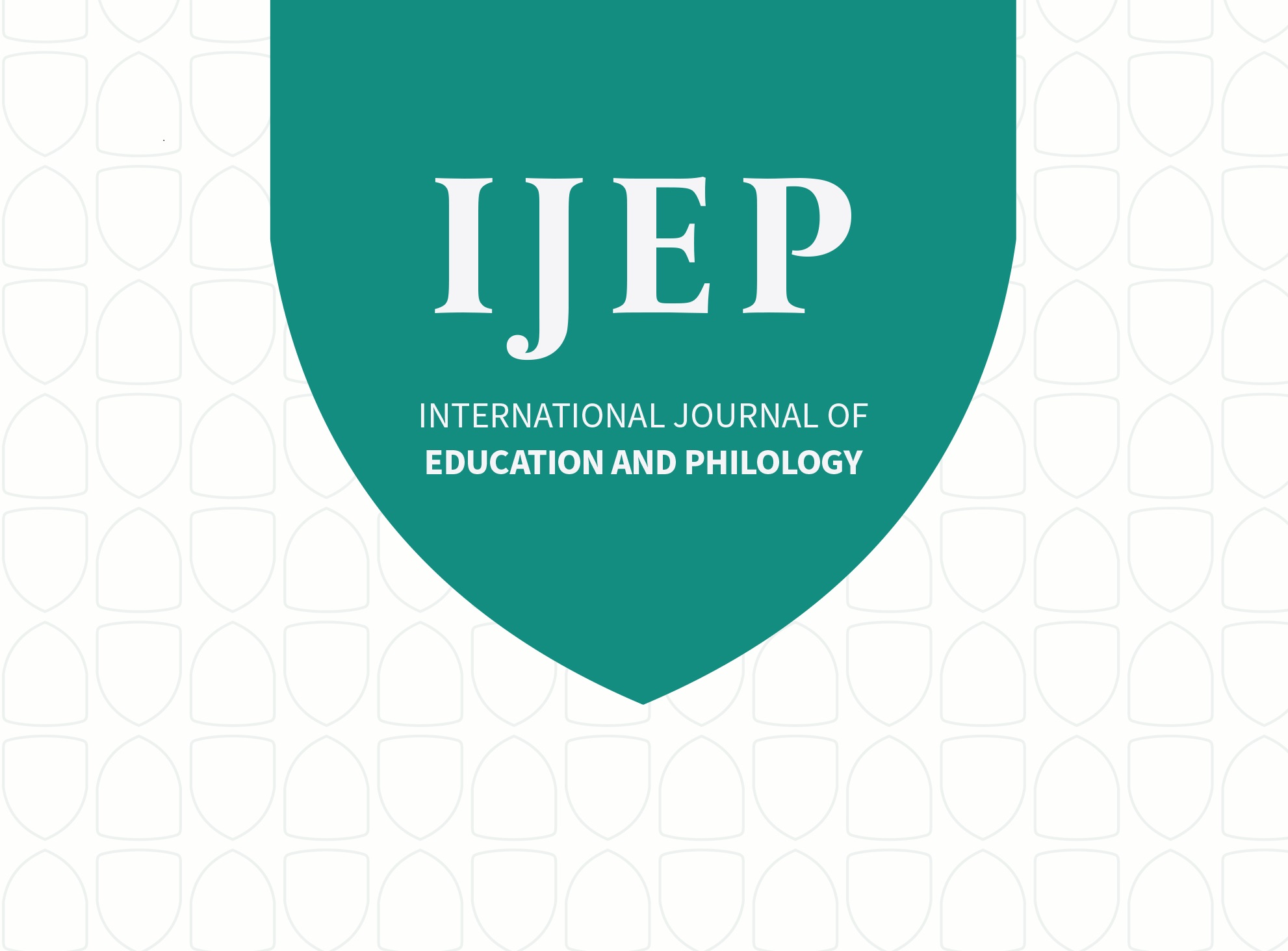
-
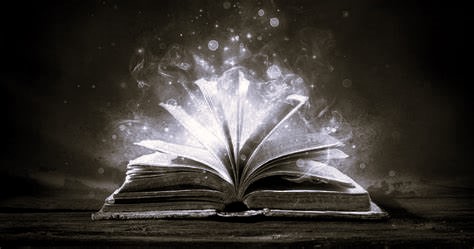
Call for Papers for an Edited Volume
Date: 27.05.2024 -

Open Call for Chapter Proposals
Date: 27.05.2024 -

The new issue of Journal of Law and Politics is here!
Date: 01.05.2024 -

TEFMJ June issue is published
Date: 01.07.2024 -

IJEP's Vol. 5, Issue 1 is now available!
Date: 02.07.2024 -

Vol. 4, Issue 1 - IJTNS
Date: 01.07.2024 -

The first IJAD volume is online!
Date: 02.07.2024 -

Balkan University Press Launches the Journal of Balkan Architecture
Date: 15.07.2024 -

-

Balkan Political Economy Series welcomes your proposals
Date: 18.07.2024 -
BUP Interview with Prof. Marija Miloshevska Janakieska
Date: 18.07.2024 -
BUP Interview with Asst. Prof. Dr. Ahmet Lökçe
Date: 24.07.2024 -

-
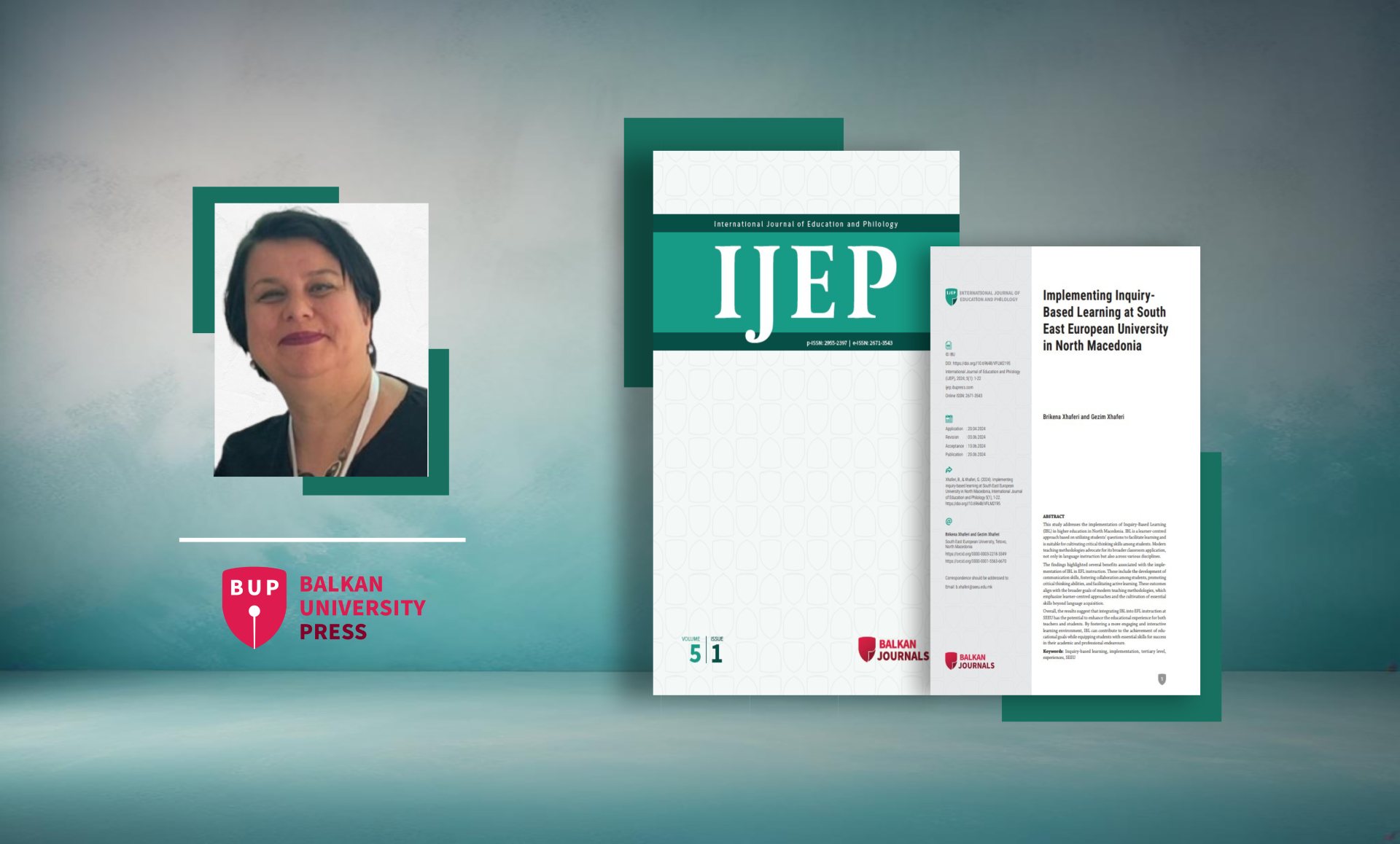
Prof. Xhaferi's blog for BUP
Date: 28.08.2024 -
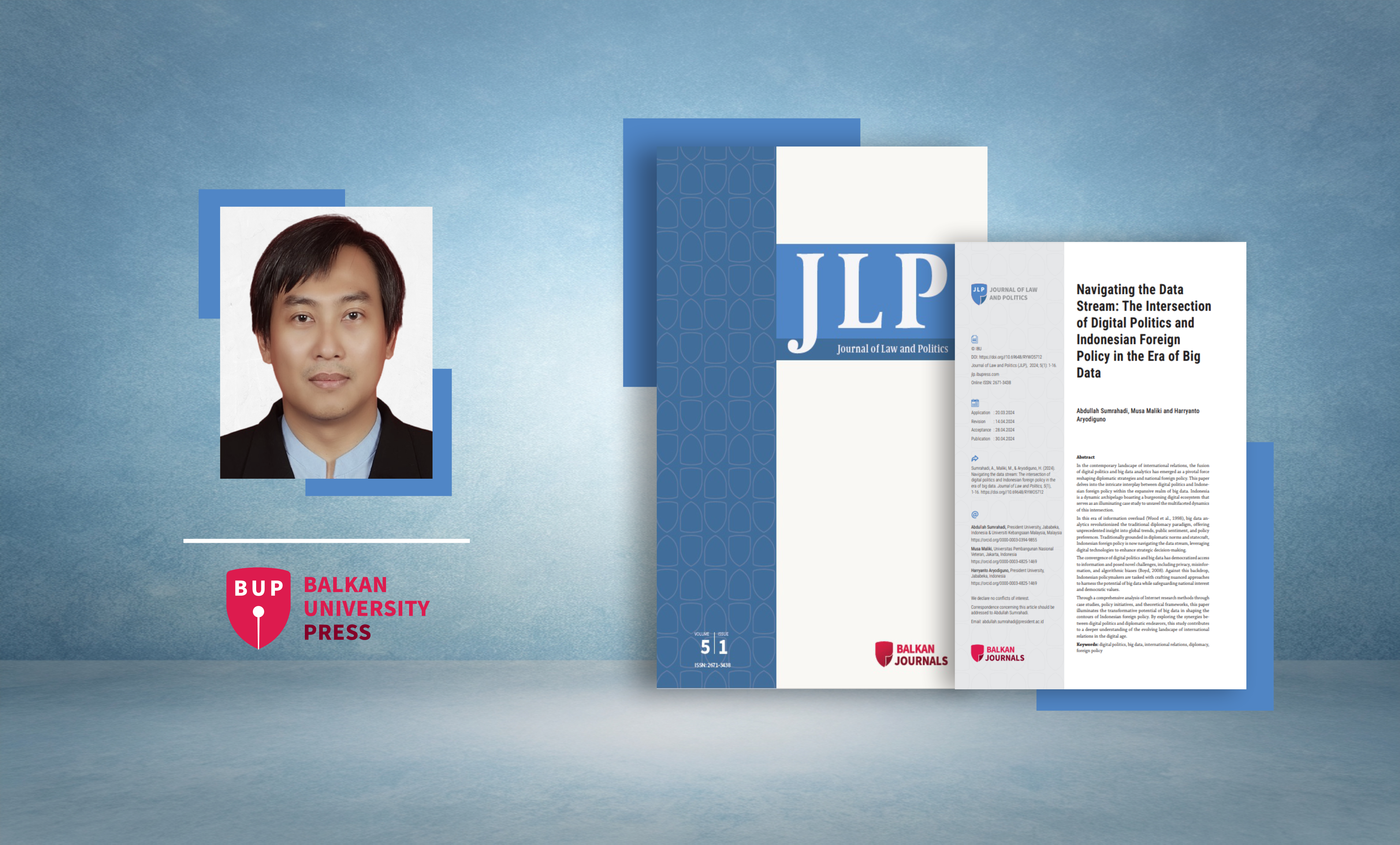
-
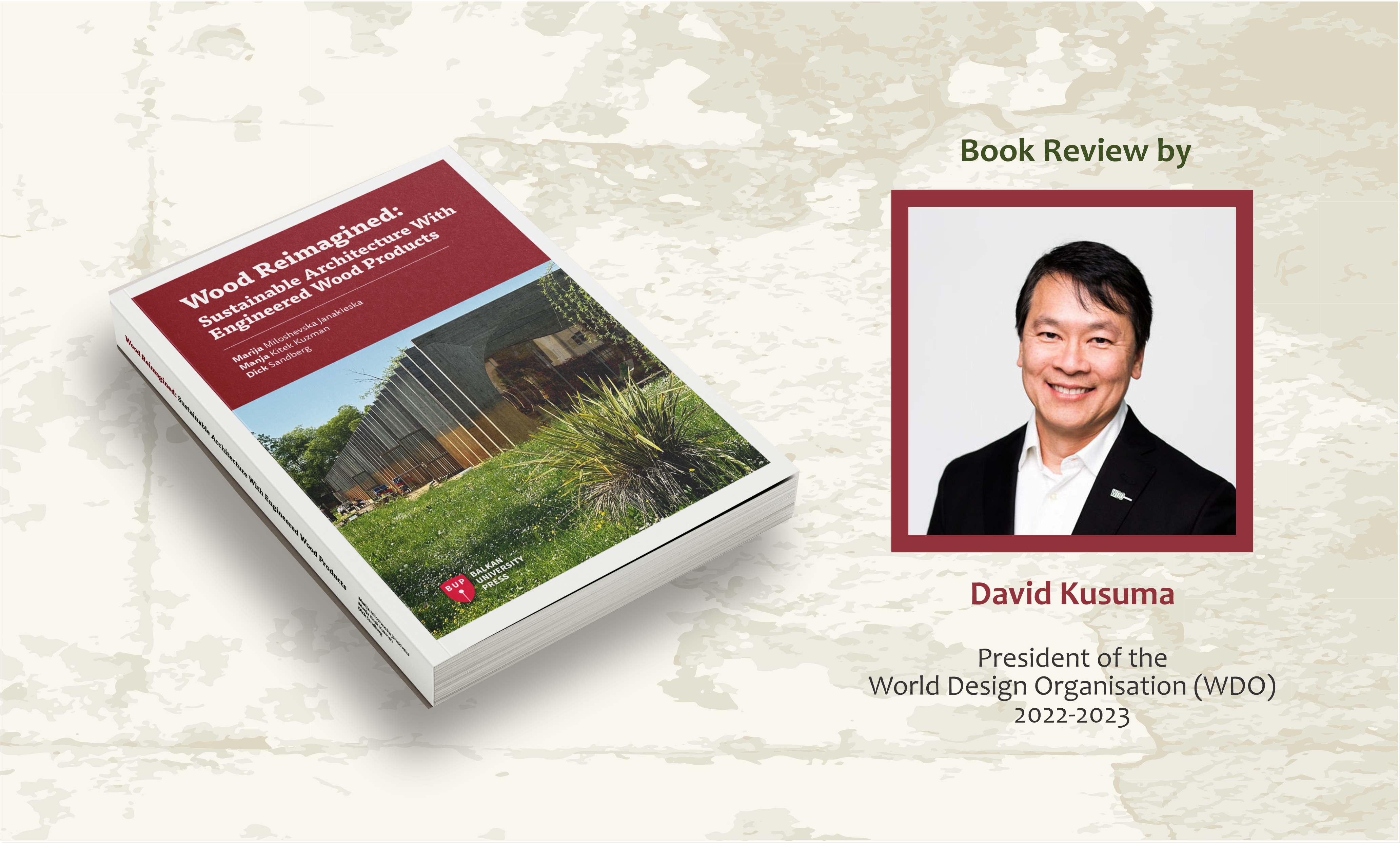
-

IJEP is now indexed in the Copernicus Journals Master List
Date: 23.09.2024 -
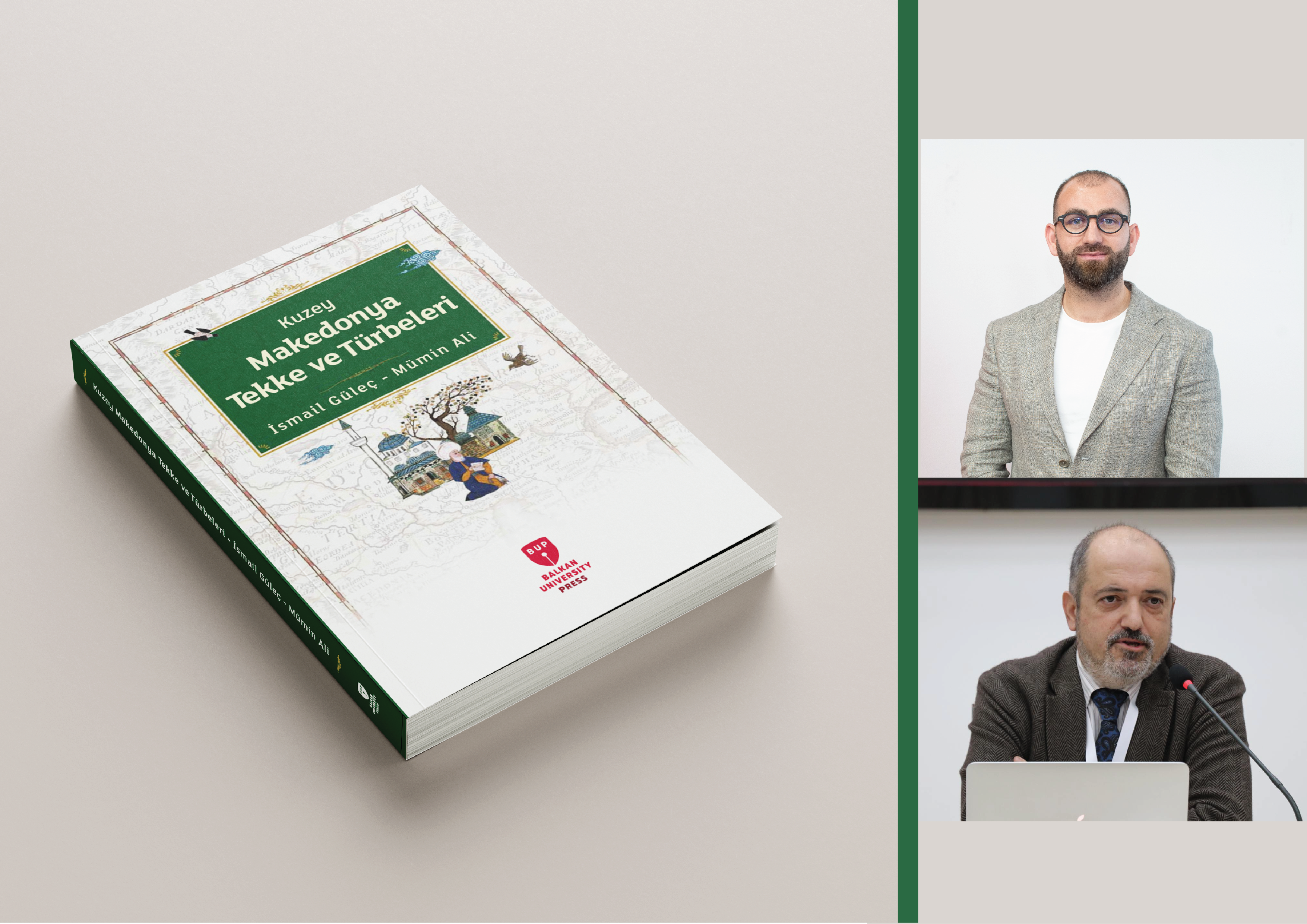
BUP INTERVIEW WITH PROF. ISMAIL GÜLEÇ AND ASST. PROF. MÜMIN ALI
Date: 26.09.2024 -
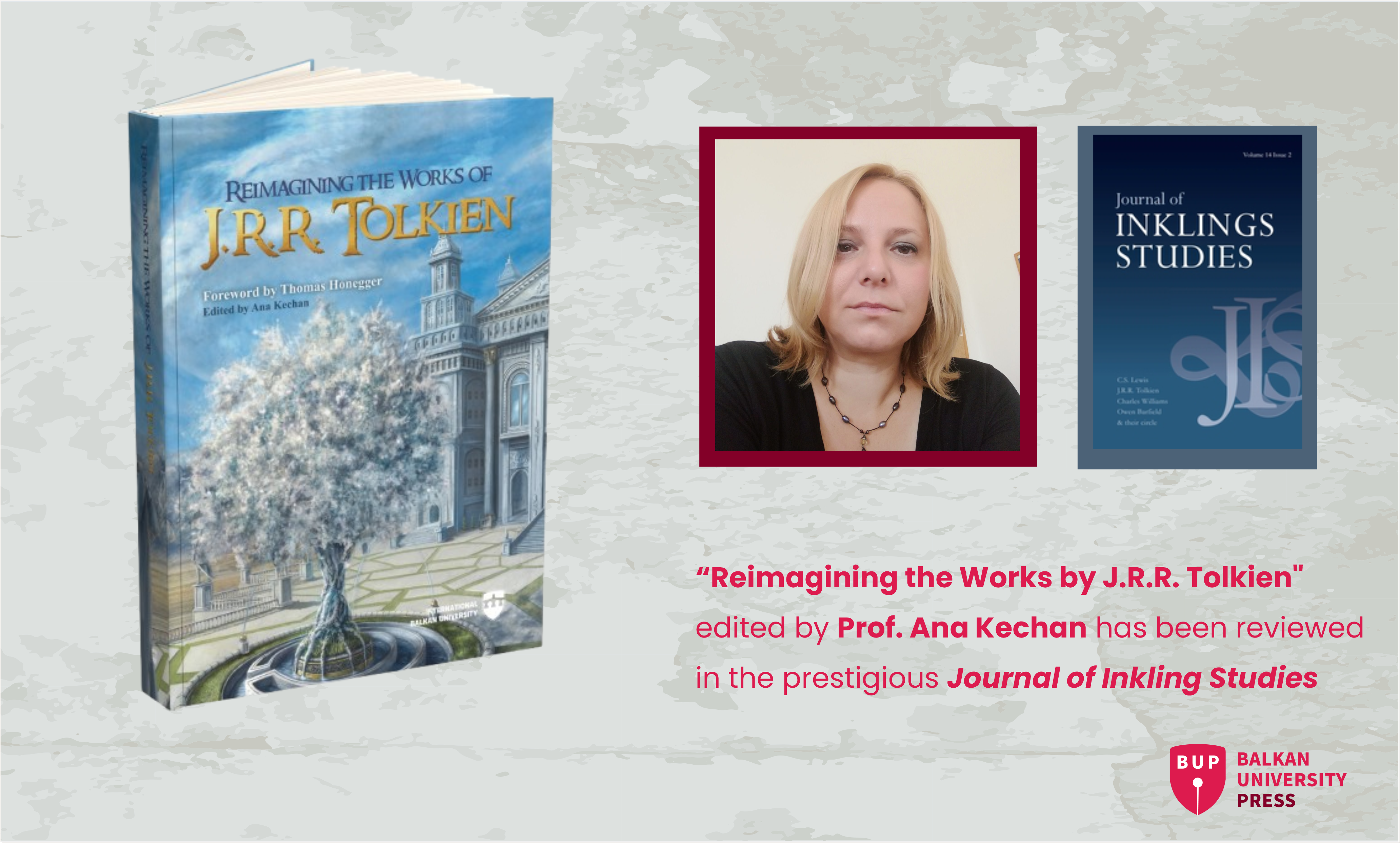
-
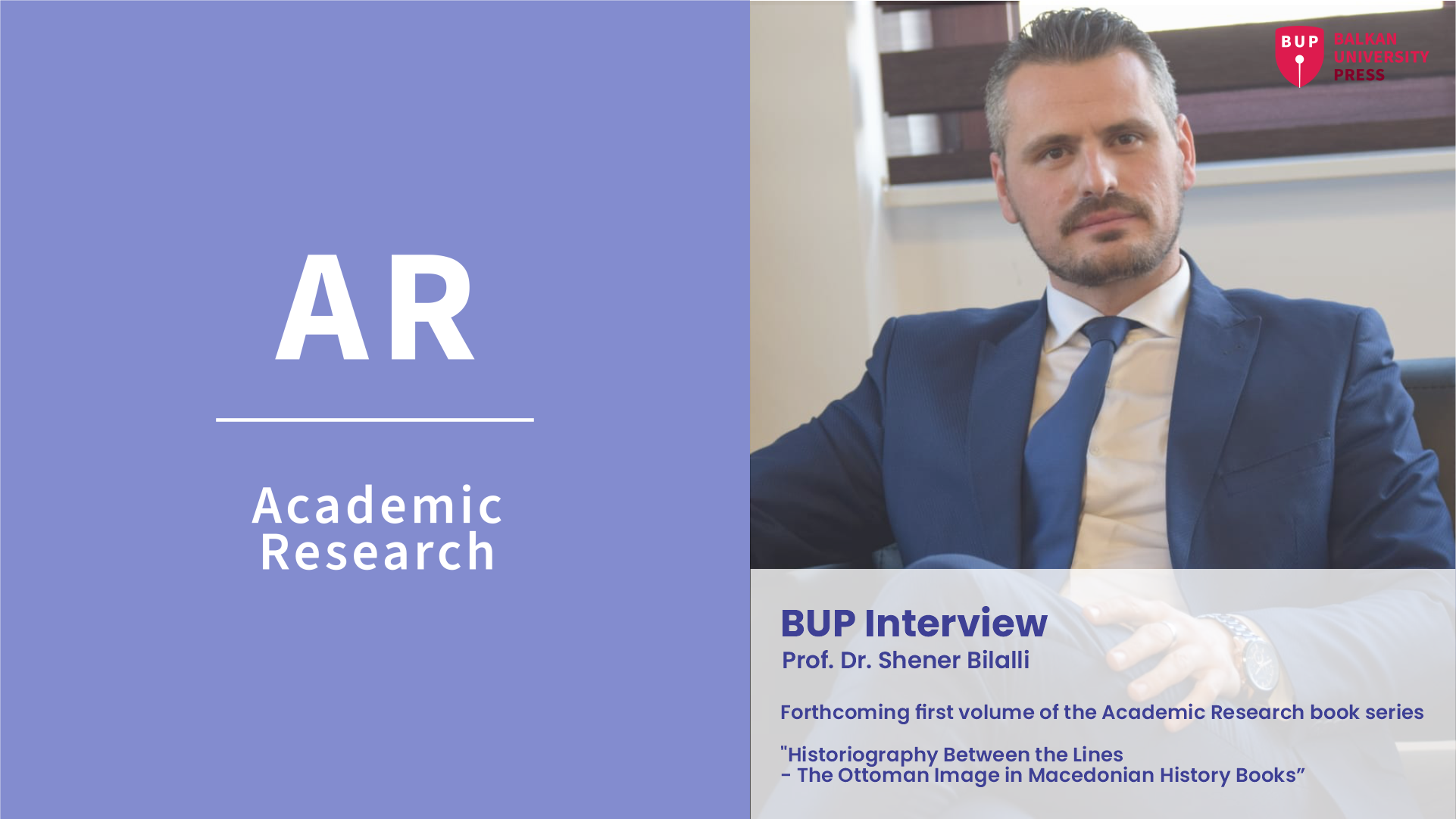
BUP Interview with Prof. Shener Bilalli
Date: 30.10.2024 -
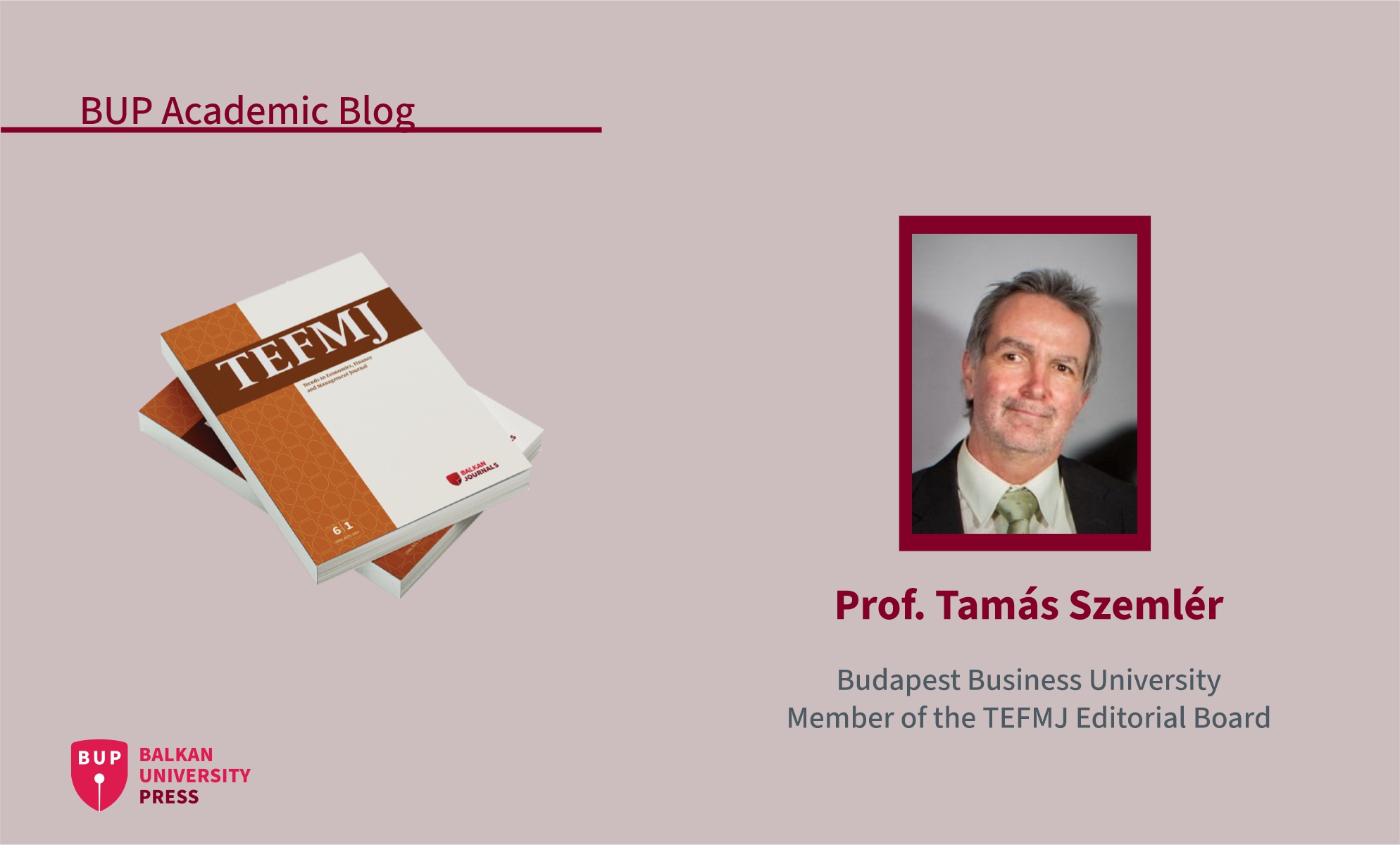
BUP Academic Blog with Prof. Tamás Szemlér
Date: 08.11.2024 -
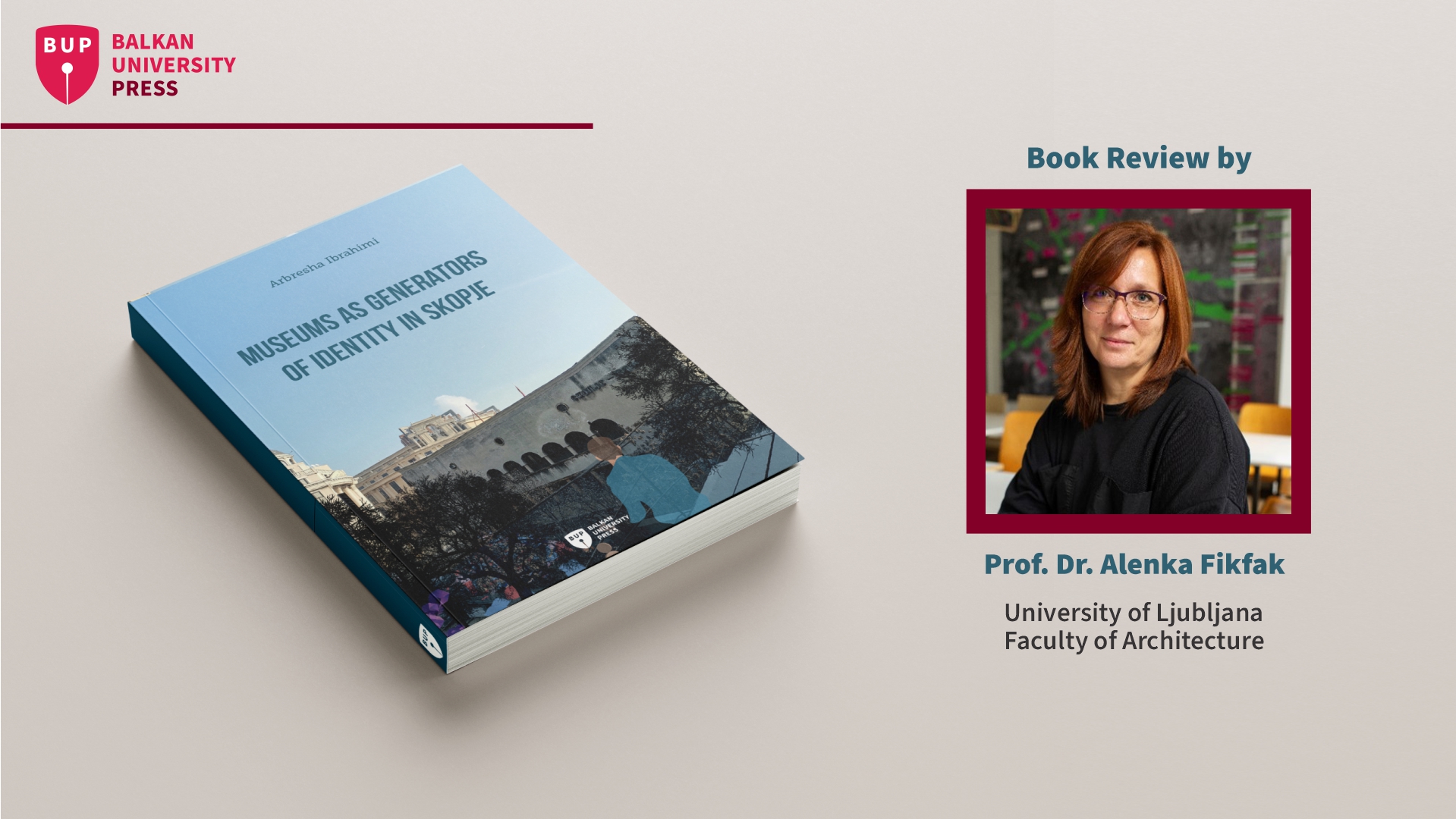
Book Review for "Museums as Generators of Identity in Skopje"
Date: 20.11.2024 -
BUP Interview with Arbresha Ibrahimi
Date: 25.11.2024 -

The first volume of Balkan Research Journal is here
Date: 02.12.2024 -
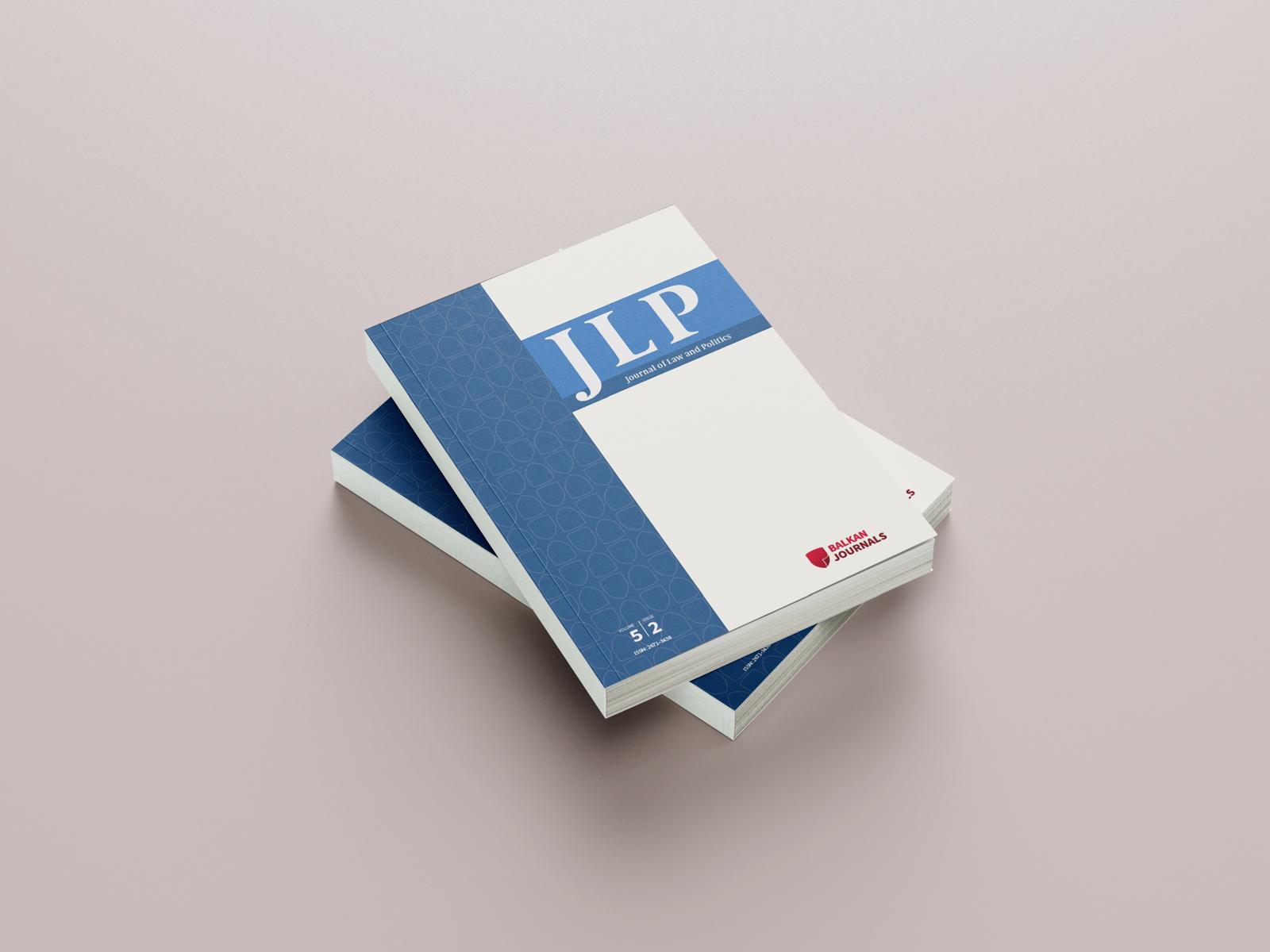
Volume 5, Issue 2 of the Journal of Law and Politics is published
Date: 31.10.2024 -

The inaugural issue of Journal of Balkan Architecture is published
Date: 29.11.2024 -
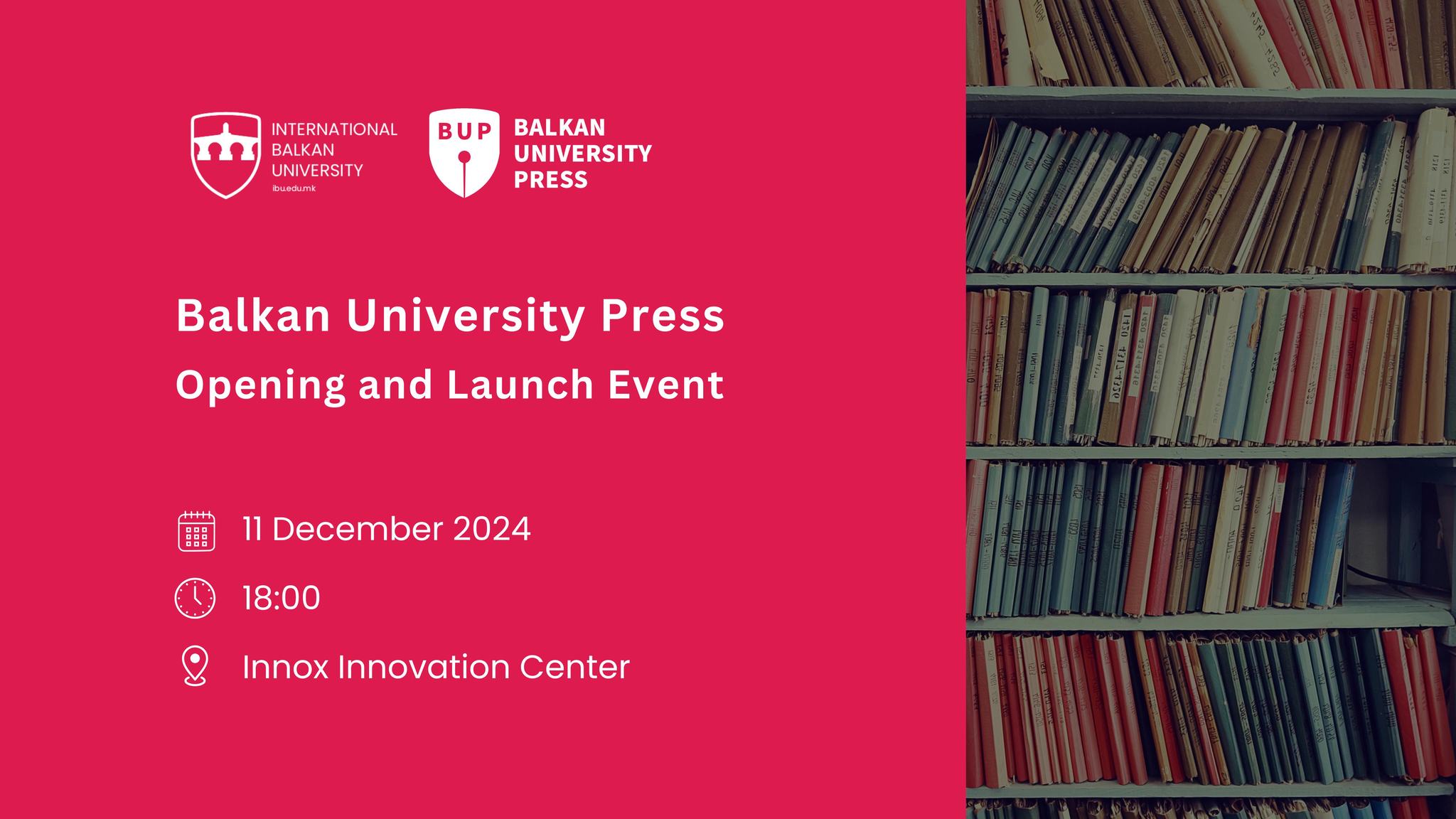
BUP Launch Event
Date: 10.12.2024 -
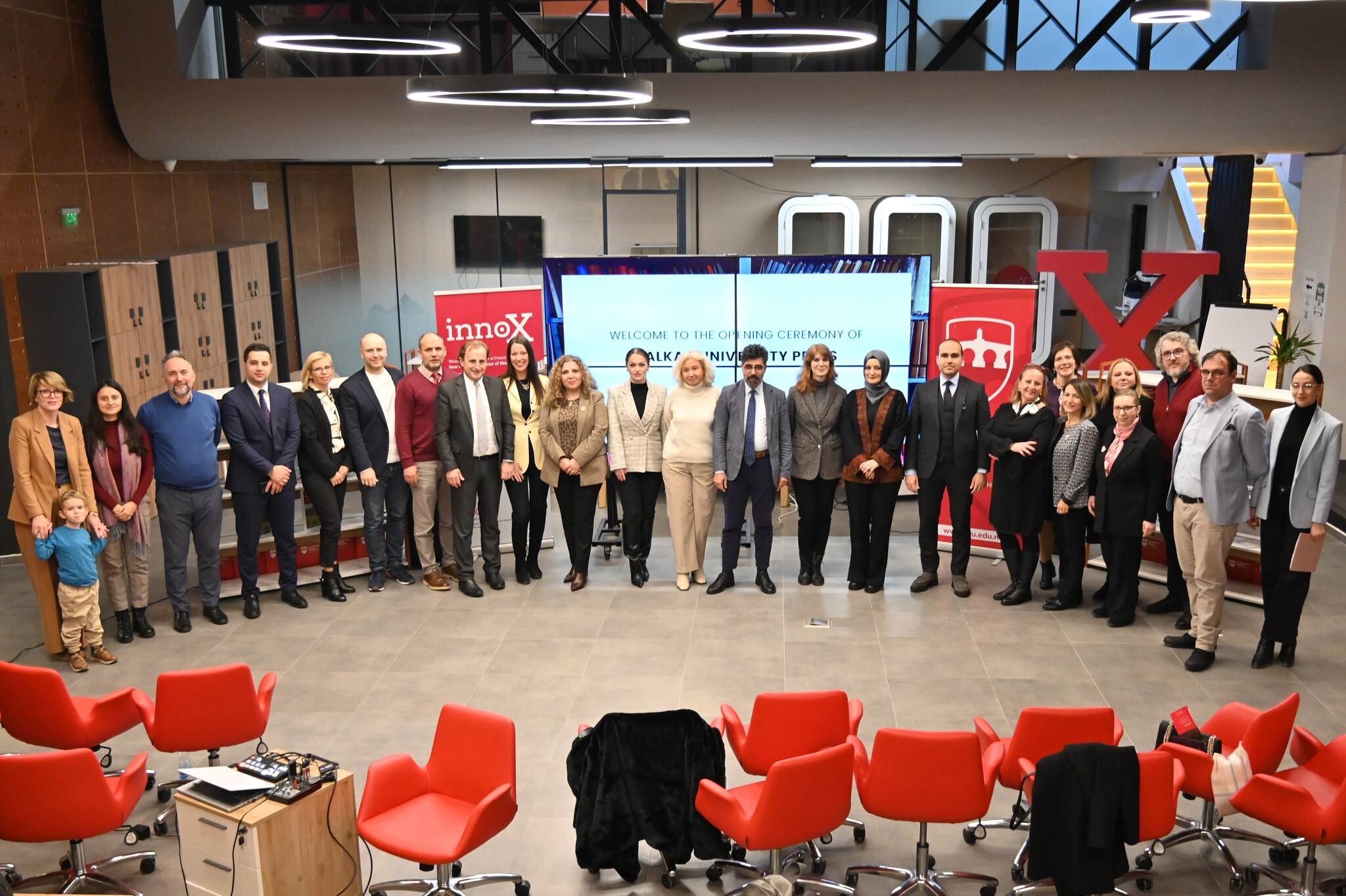
Grand Launch of Balkan University Press
Date: 12.12.2024 -

BALKAN UNIVERSITY PRESS
Date: 09.01.2025 -

Publication of a book
Date: 30.12.2024 -
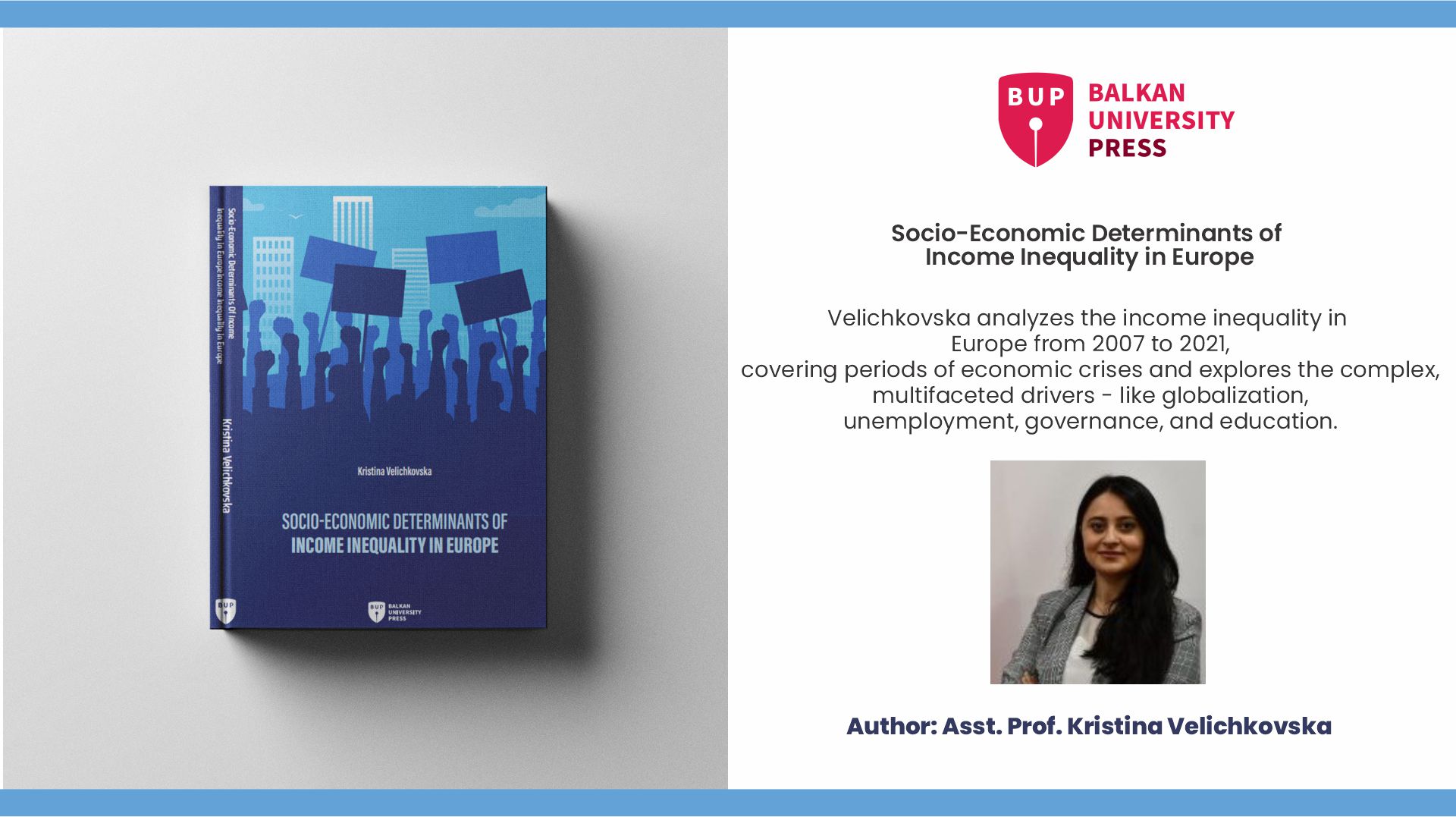
Publication of a book
Date: 24.12.2024 -
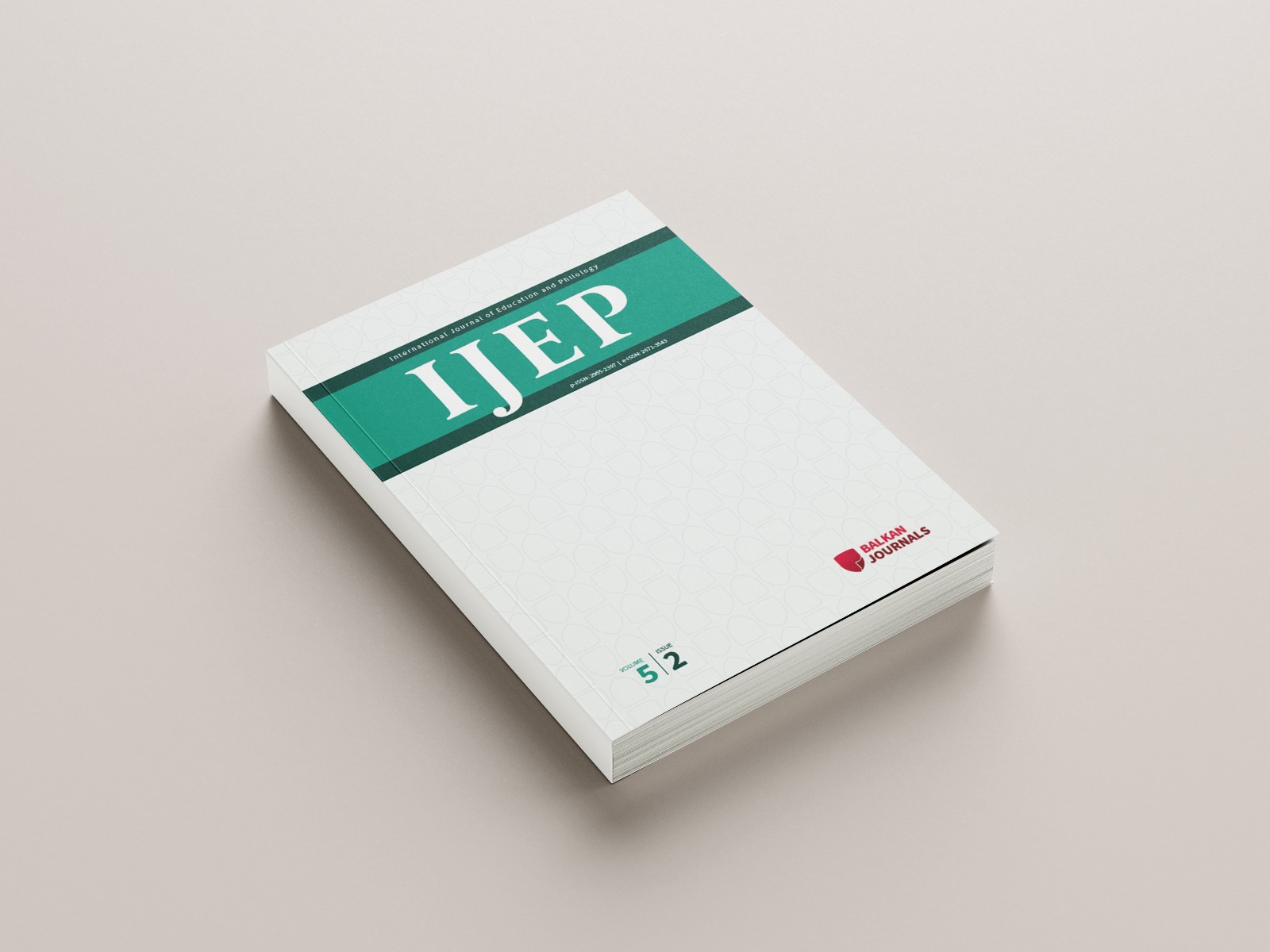
The December Issue of IJEP is published
Date: 31.12.2024 -

The December Issue of TEFMJ is published
Date: 16.01.2025 -

-
BUP Interview with Asst. Prof. Kristina Velichkovska
Date: 29.01.2025 -
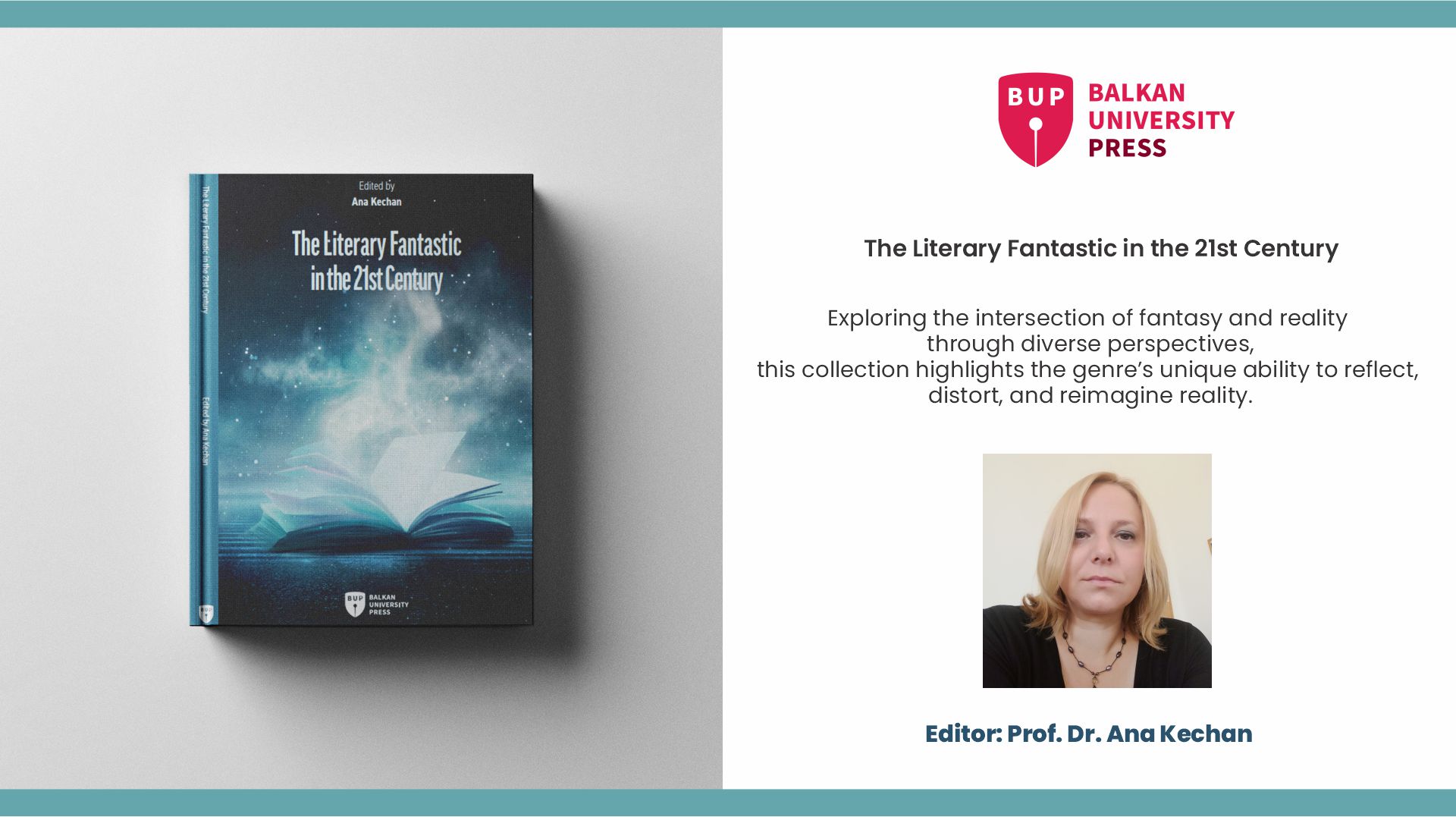
-
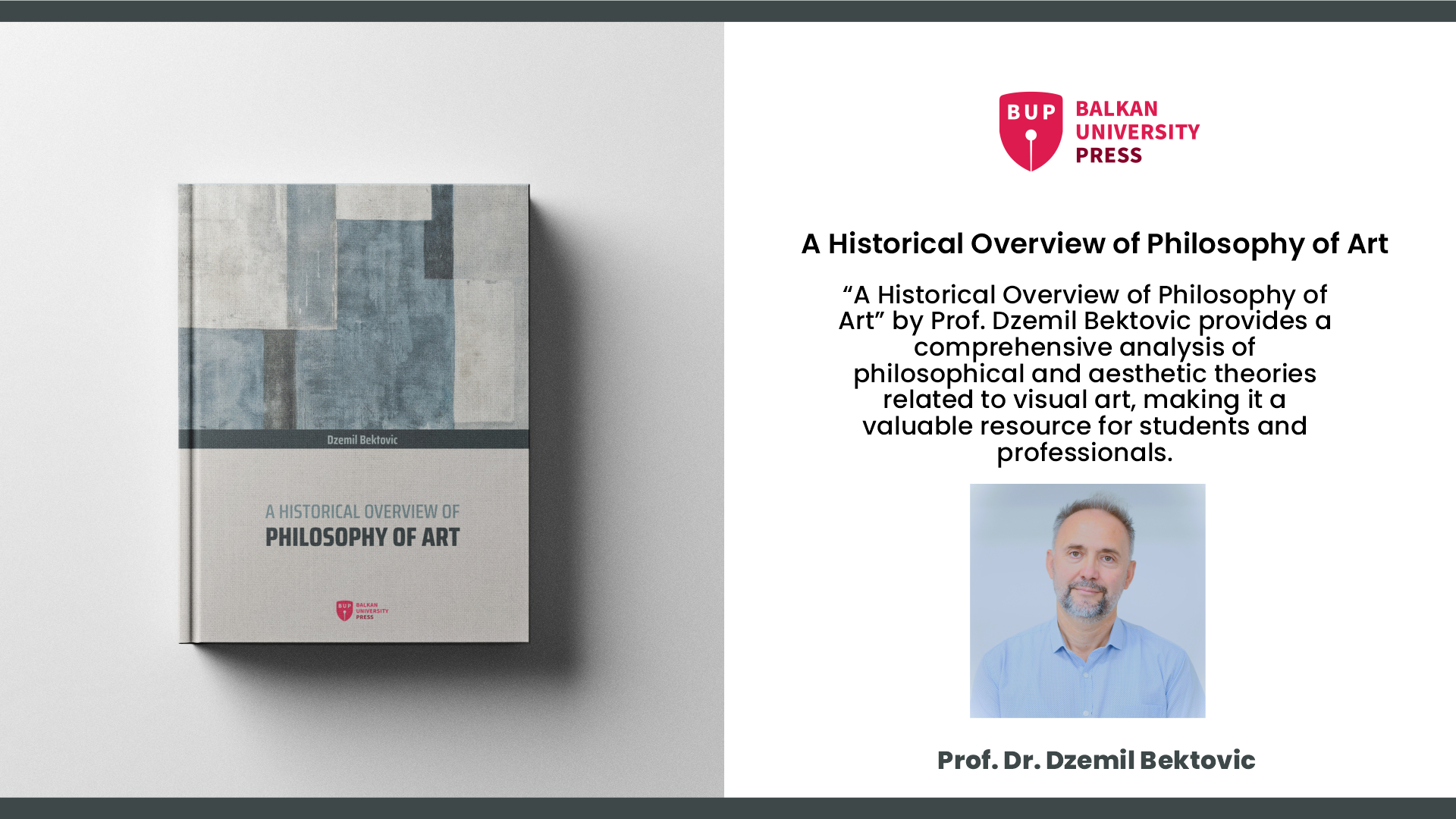
-
BUP Interview with Kefajet Edip
Date: 18.02.2025 -
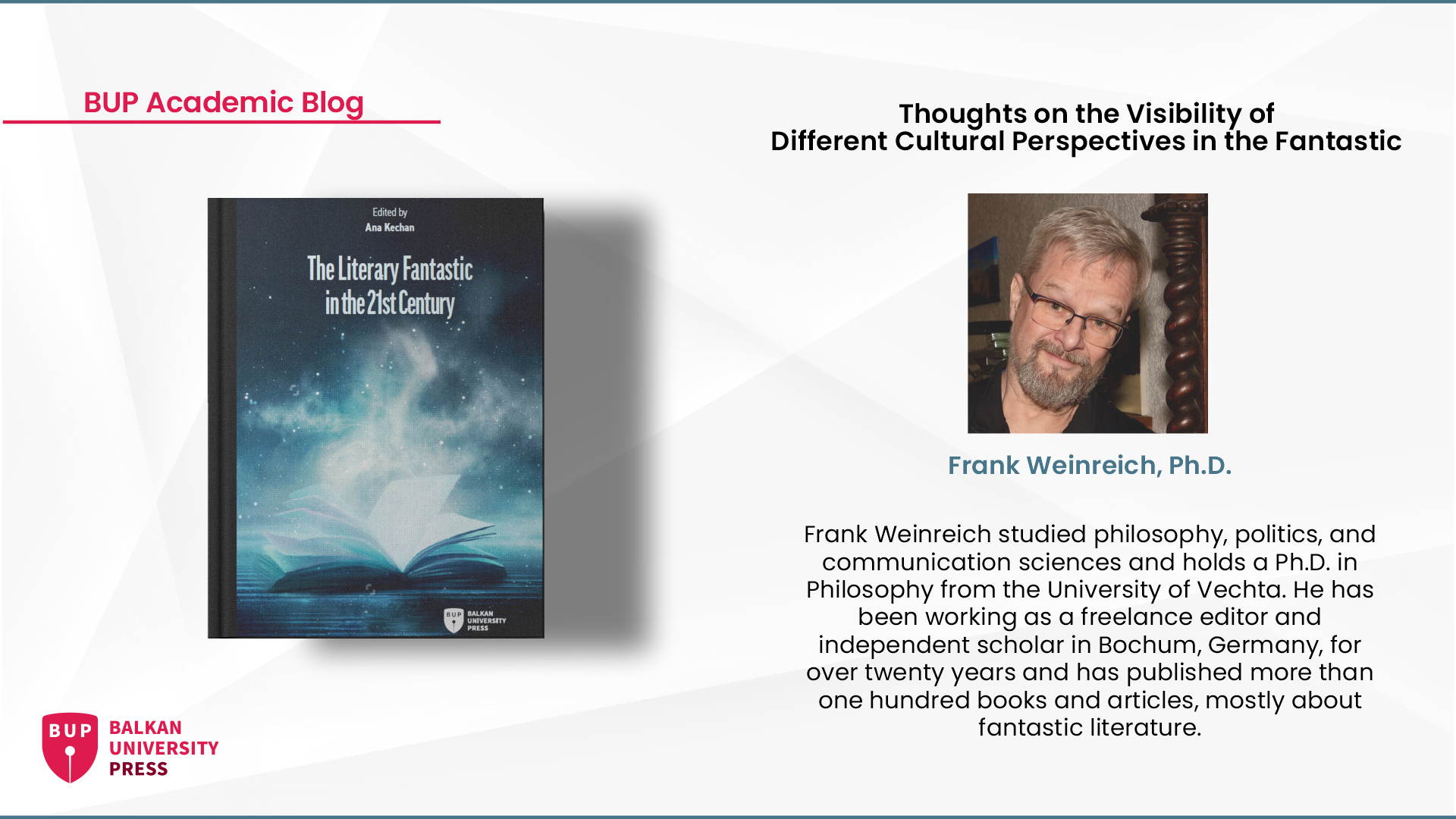
BUP Academic Blog by Frank Weinreich
Date: 20.02.2025 -
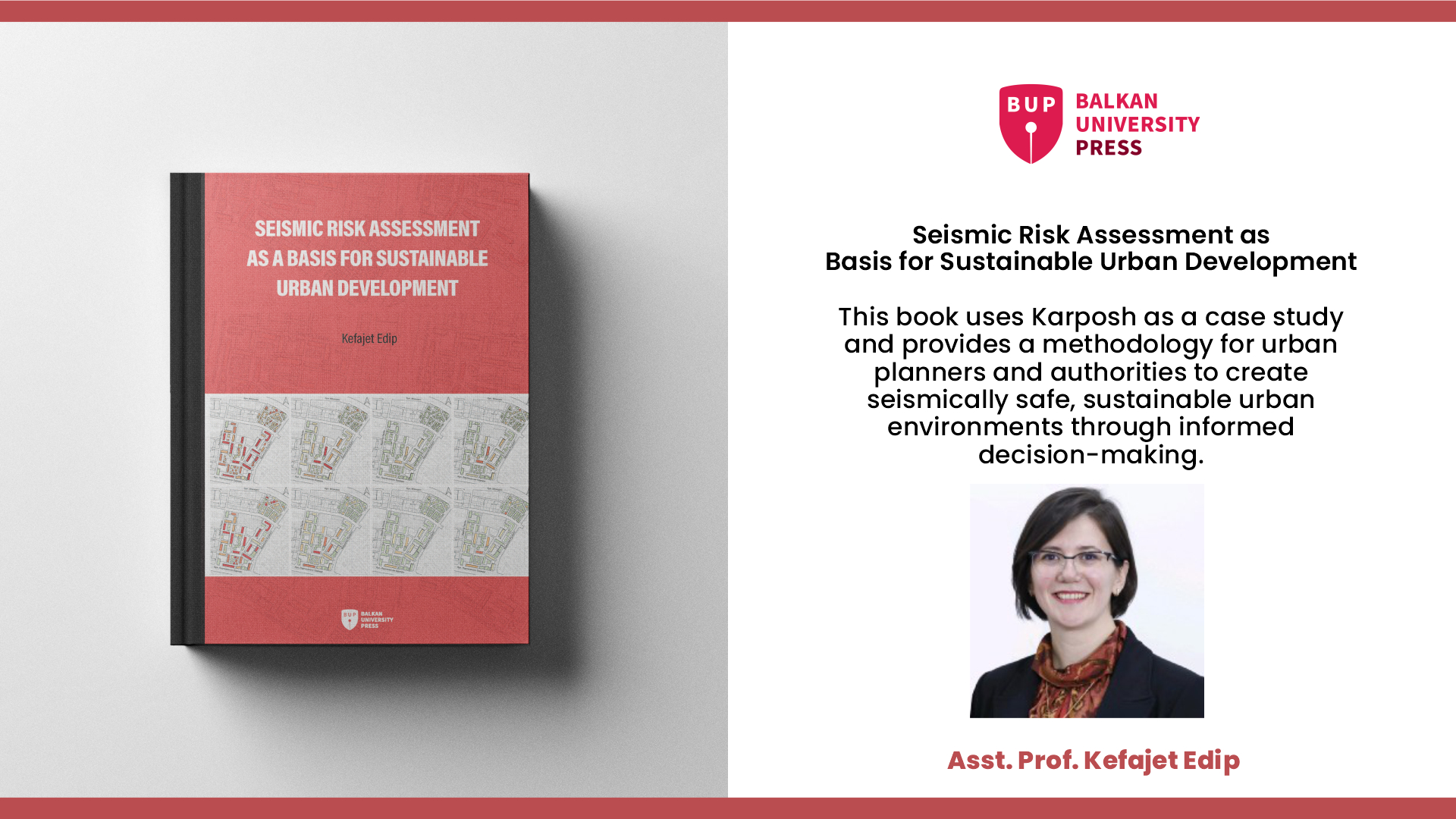
-

-

BUP Interview with Prof. Dr. Ana Kechan
Date: 30.04.2025 -

BUP Interview with Ozlem Kurt
Date: 14.05.2025 -
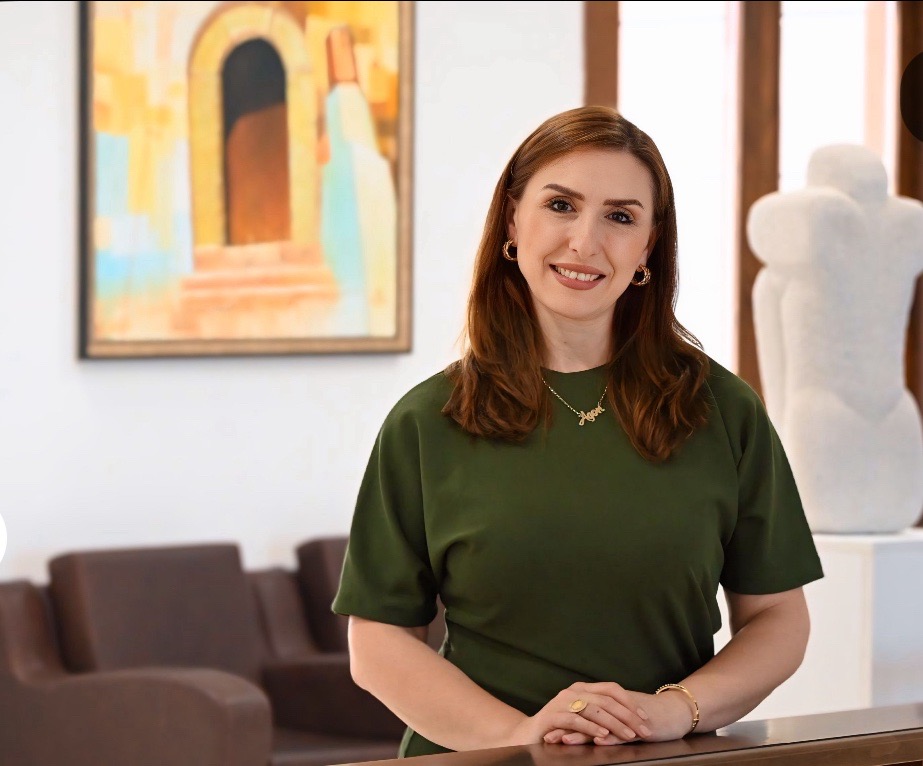
BUP Interview With Assoc. Prof. Igballe Miftari-Fetishi
Date: 03.09.2025 -
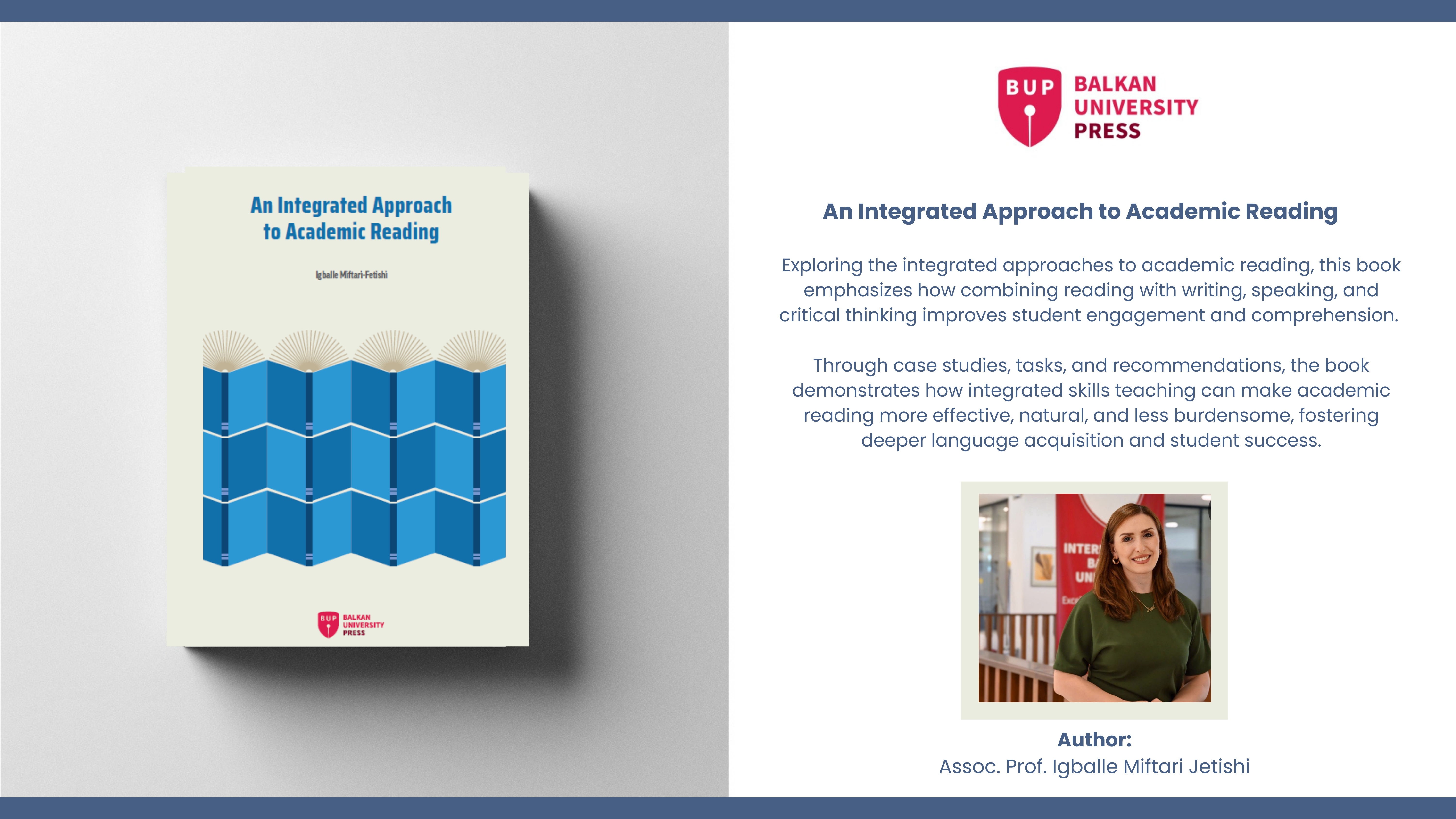
Publication of the book "An Integrated Approach to Academic Reading"
Date: 09.09.2025 -

BUP Interview with Nikola Dacev
Date: 15.09.2025 -

Publication of the book "Civil Law"
Date: 17.09.2025 -
BUP Interview with Ekaterina Namicheva Todorovska
Date: 22.09.2025 -
.png)
-
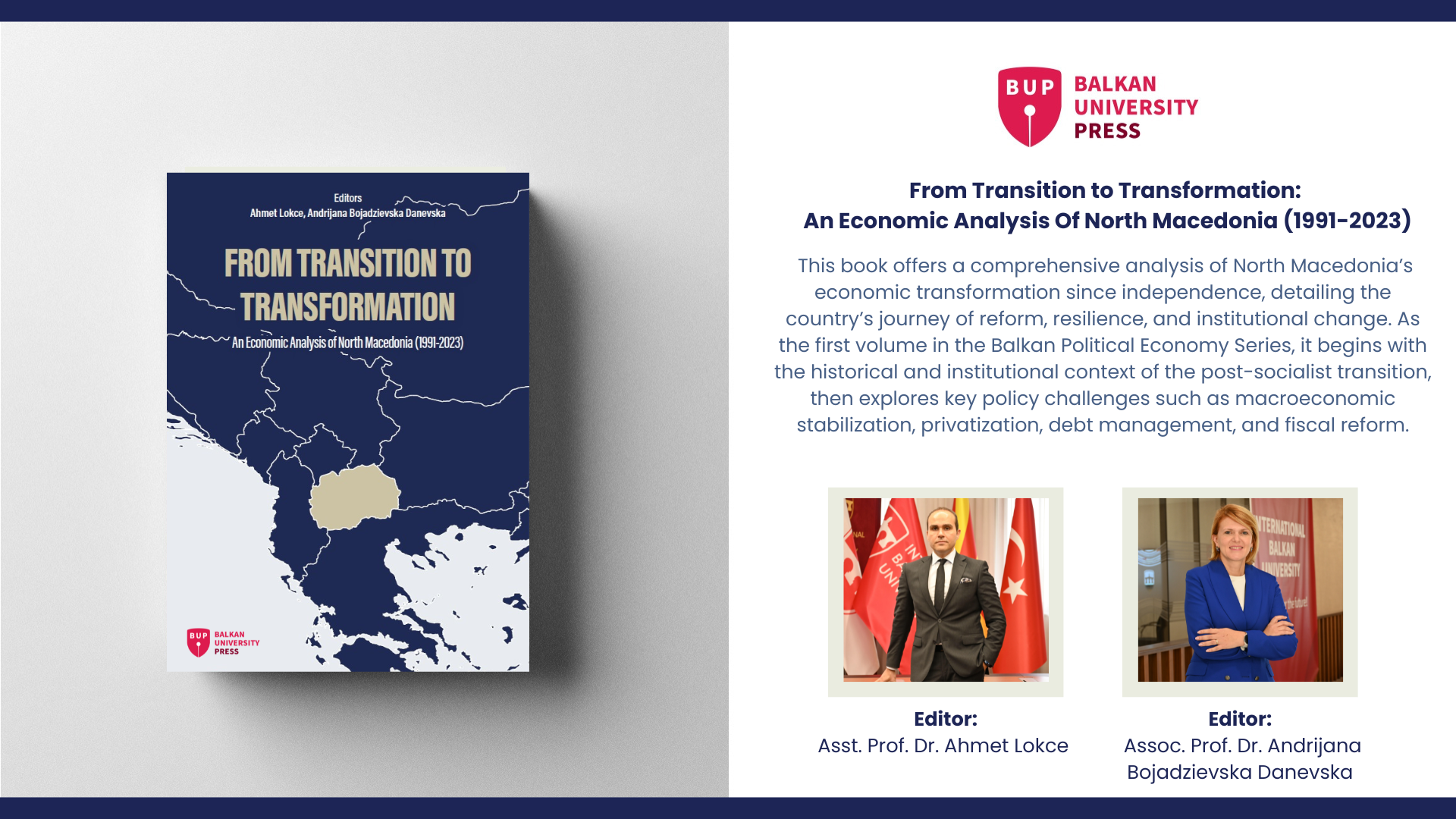
The first book of the Balkan Political Economy Series is published
Date: 07.10.2025 -

OPEN CALL for Book Chapters
Date: 08.10.2025 -

-
.png)
-

BUP Interview with Sumea Ramadani
Date: 24.10.2025 -
.png)
Publication of the book "Two Worlds of Healing" by Sumea Ramadani
Date: 05.11.2025
